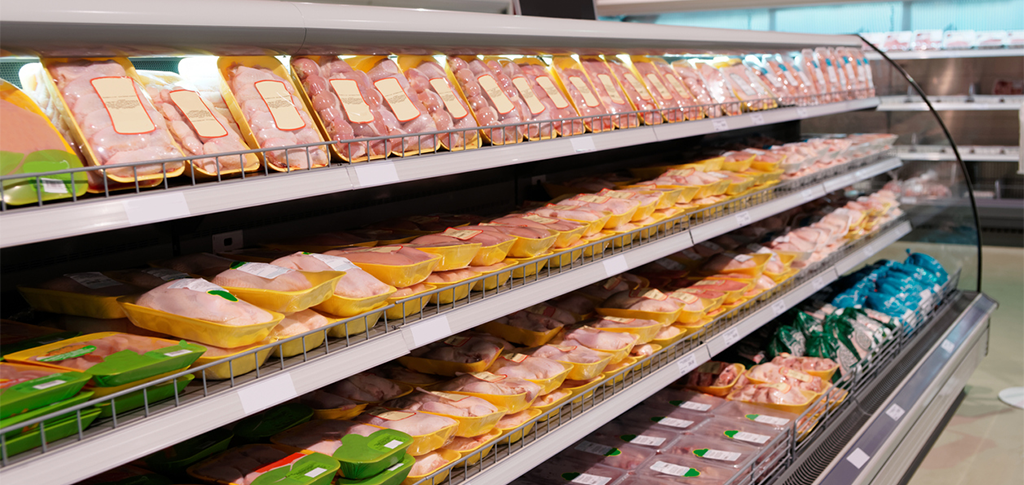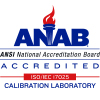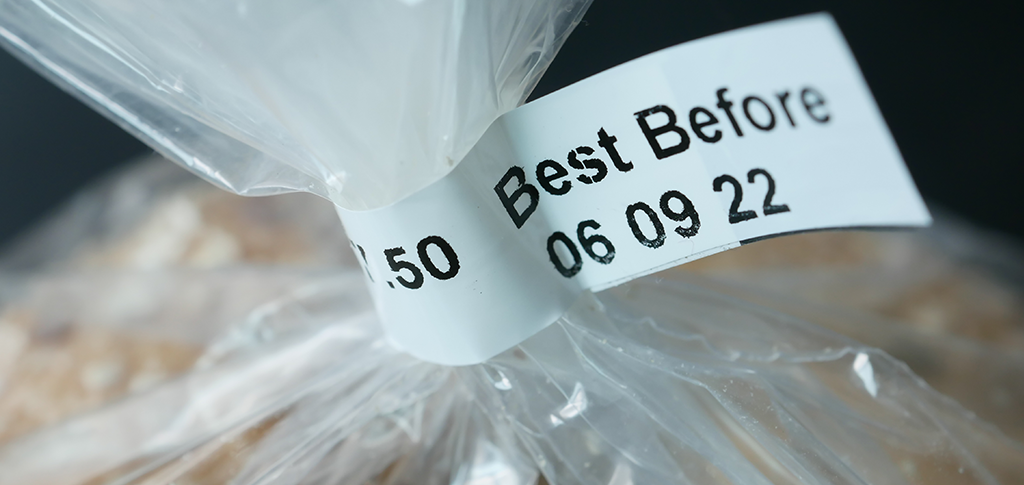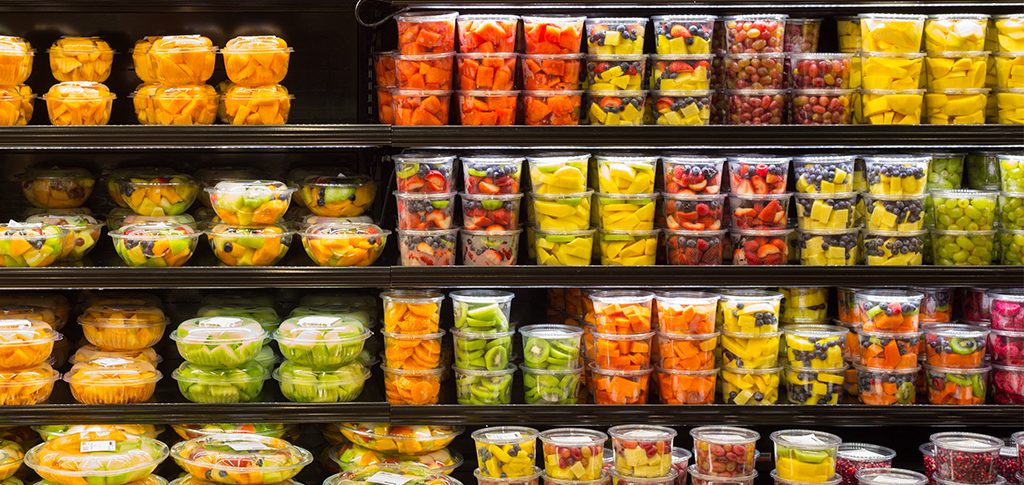 Posted on
Posted on 
Grocery store refrigerators are essential for storing perishable food items such as meats, dairy products, and vegetables. However, if the temperature of the refrigerators is not monitored and controlled properly, it can result in the growth of harmful bacteria and spoilage of food products. This can lead to foodborne illness and significant economic losses for the grocery store. To prevent these risks, there are requirements for grocery store refrigerator temperature monitoring that must be followed.
The Food and Drug Administration (FDA) requires that grocery stores maintain refrigerator temperatures at or below 40 °F (4 °C) to ensure the safety and quality of food products. This is because temperatures above 40 °F can promote the growth of harmful bacteria, which can cause foodborne illness.
To comply with these requirements, grocery stores must install temperature monitoring devices in their refrigerators. These devices can include digital thermometers or data loggers, which can measure and record the temperature of the refrigerators over time. The data collected by these devices can be used to verify that the refrigerators are maintaining the required temperature range.
In addition, grocery stores must establish standard operating procedures (SOPs) for refrigerator temperature monitoring. These SOPs must outline the frequency of temperature monitoring, the procedures for recording temperature data, and the corrective actions that must be taken if temperatures fall outside of the required range. For example, if a refrigerator is found to be operating above the required temperature range, the grocery store must take immediate action to correct the problem, such as repairing or replacing the refrigerator or removing and disposing of any affected food products.
Grocery stores are also required to maintain records of refrigerator temperature monitoring. These records must be kept for at least two years and must be available for inspection by regulatory authorities. The records must include the date and time of temperature monitoring, the temperature readings, and any corrective actions taken.
MadgeTech data loggers simplify these requirements by providing an all-in-one solution. By utilizing the RFTCTemp2000A, temperature data can be collected and sent in real-time to a central PC or the cloud for remote monitoring. Moreover, alerts can be set up to automatically send text messages or email notifications if a temperature approaches or exceeds a user-defined threshold. The benefits don’t end there, though. When combined with MadgeTech 4 Data Logger Software, generating compliance reports becomes effortless, and the built-in database allows for easy organization and long-term preservation of reports.
By following these requirements for refrigerator temperature monitoring, grocery stores can ensure the safety and quality of their food products, prevent foodborne illness, and comply with regulatory requirements. Temperature monitoring is a critical component of food safety management and must be taken seriously by all grocery stores.
To learn more about MadgeTech’s solution for grocery store monitoring solutions, please contact [email protected].








